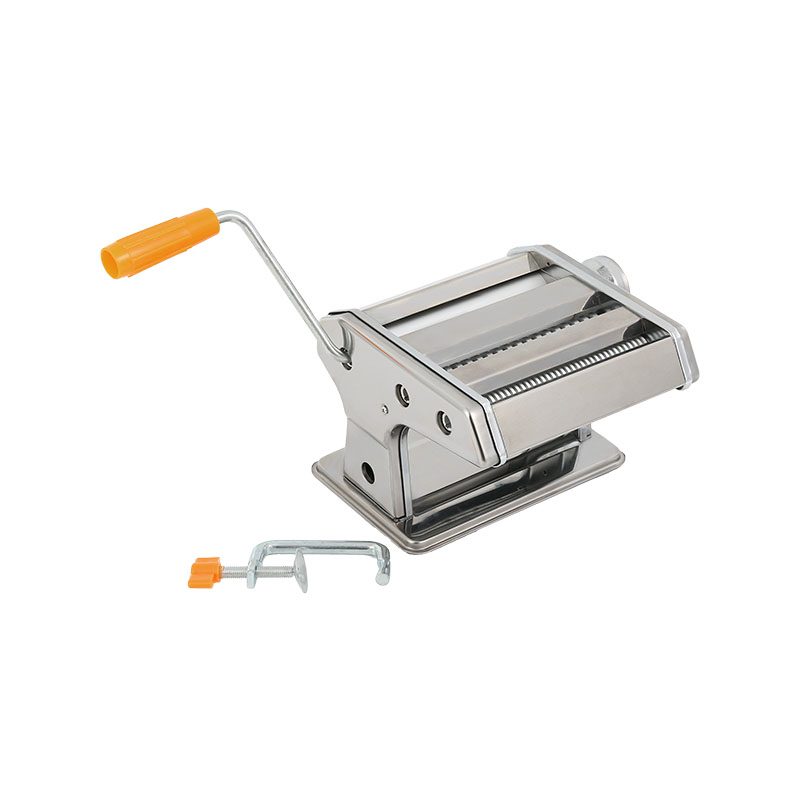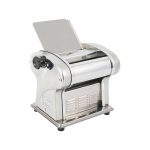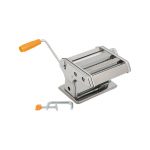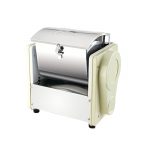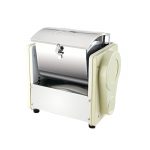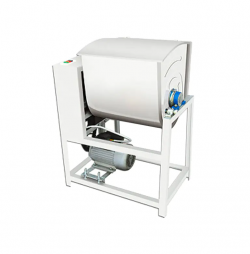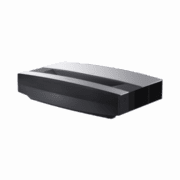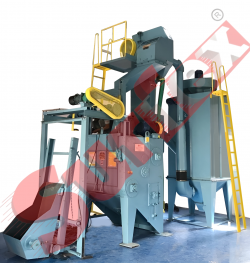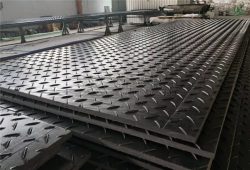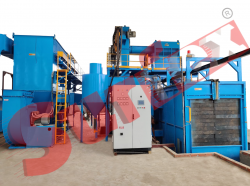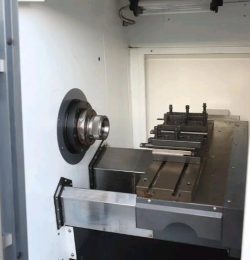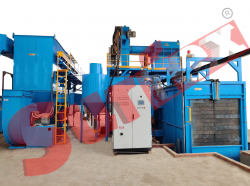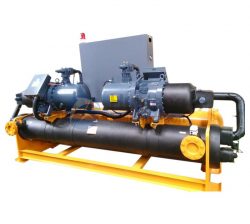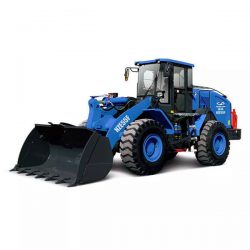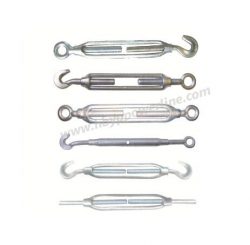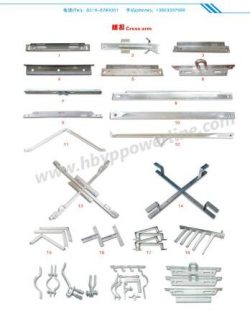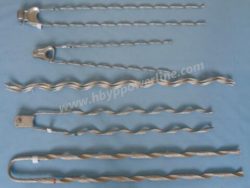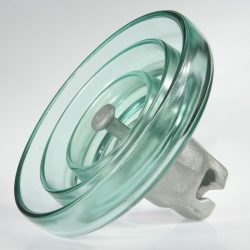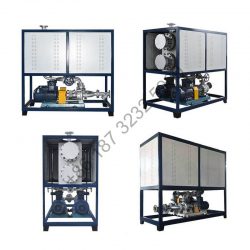How commercial pasta makers help balance nutrition?
The versatility of pasta also plays a significant role in its nutritional balance. Commercial pasta makers understand that pasta is more than just a standalone dish; it is a canvas for a variety of ingredients. By promoting the use of lean proteins, such as chicken or fish, and a plethora of vegetables in pasta dishes, these makers encourage consumers to create meals that are not only delicious but also nutritionally well-rounded.
Moreover, commercial pasta makers are increasingly focusing on the development of gluten-free pasta options. For individuals with celiac disease or gluten sensitivity, traditional wheat-based pasta is not an option. Recognizing this, many commercial pasta makers have turned to alternative grains like rice, corn, and quinoa to produce gluten-free pasta that caters to these dietary needs without compromising on taste or texture.
Innovation is at the heart of what commercial pasta makers do. They are constantly researching and experimenting with new ingredients and techniques to create pasta that is not only nutritious but also meets the evolving dietary preferences of consumers. For example, some makers are exploring the use of ancient grains like spelt and farro, which are believed to have a lower glycemic index and higher nutrient content compared to modern wheat varieties.
The role of commercial pasta makers in promoting a balanced diet extends beyond the production of nutritious pasta. Many are also actively involved in educating consumers about the benefits of their products and how to incorporate them into a healthy lifestyle. Through social media campaigns, cooking demonstrations, and partnerships with nutritionists, these makers are spreading awareness about the importance of a balanced diet and the role that pasta can play in it.
